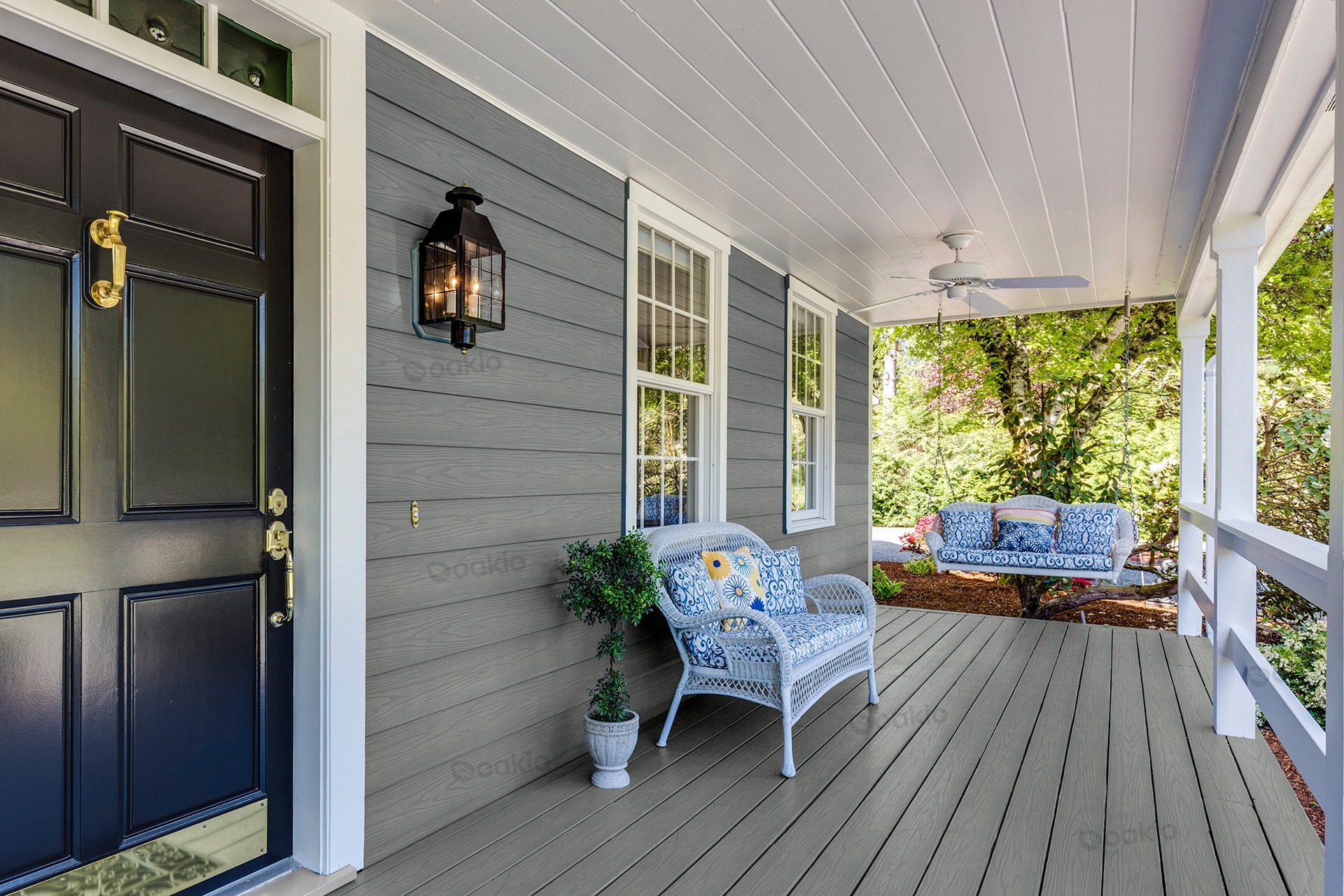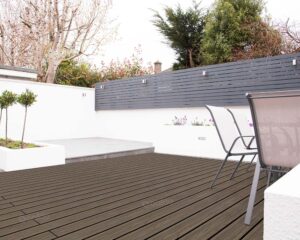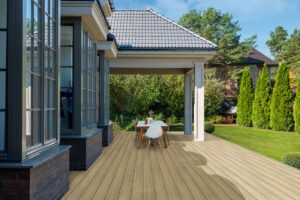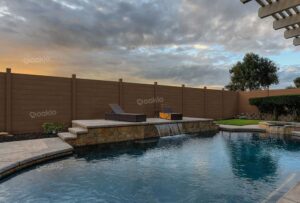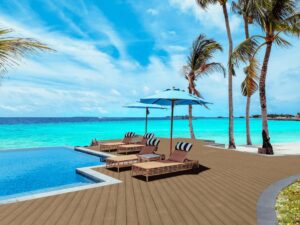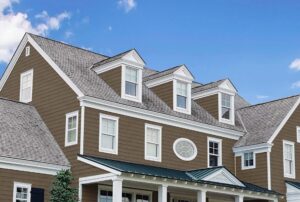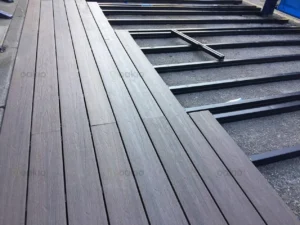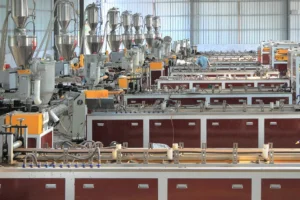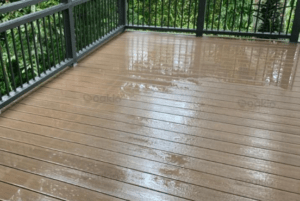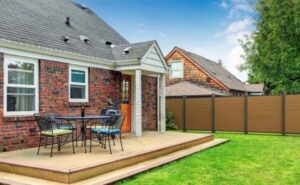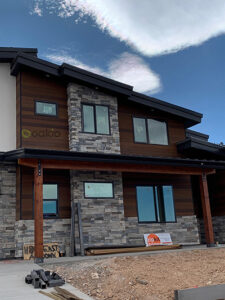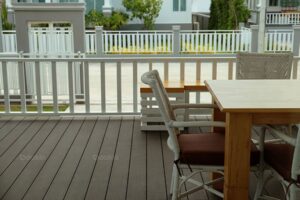Composite Siding: An In-Depth Guide to the Benefits and Types
When it comes to exterior home materials, composite siding has become an increasingly go-to choice due to its durability, versatility, and low-maintenance pros. But what exactly is composite siding, and why should you consider it for your home? In this blog, we will break down composite siding for you, exploring its definition, advantages, types, installation, and maintenance tips.
What is Composite Siding?
Composite siding is a type of exterior cladding made from a combination of materials, typically wood fibers and plastics, or other composite materials. This fusion of natural and synthetic materials results in a siding product that is more durable, resistant to weathering, and low-maintenance compared to traditional wood siding. Composite siding come in a variety of textures and finishes, offering a natural appearance while also providing enhanced performance.
The two most common types are wood-plastic composites (WPC) and fiber cement siding, though newer materials such as engineered wood also fall under the composite category. These products are designed to mimic the look and feel of traditional wood, but with much less upkeep hassle required.
Types of Composite Siding
There are several types of composite siding out there in the market, each with its own benefits and characteristics. The main types include:
Wood-Plastic Composite (WPC) Siding
Wood-plastic composite siding is made by combining wood fibers and plastic to create a durable, weather-resistant material. The wood fibers give the siding a natural wood appearance, while the plastic component makes it resistant to moisture, decay, and pests. This type of composite siding is ideal for homeowners who want the look of wood without the maintenance associated with natural wood siding. Composite siding manufacturer such as Oakio takes thing into next level, with its Proshield collection which is crafted with the same material as golf-ball cover, making it even more durable and resistant to everyday wear and tear than other composite alternatives. This has made Oakio a standout in the market.
Fiber Cement Siding
Fiber cement siding is made from a blend of cement, sand, and cellulose fibers. This composite material is extremely durable, fire-resistant, and can be made to mimic the look of wood, stucco, or masonry. Fiber cement is known for its longevity and can last for decades with minimal maintenance.
Engineered Wood Siding
Engineered wood siding, sometimes referred to as composite wood, is made from wood fibers and resins. It is designed to look like traditional wood but is more resistant to the elements. Engineered wood offers the classic beauty of wood siding, with added benefits such as resistance to termites, moisture, and warping. It’s a popular choice for those who want a wood-like aesthetic without the vulnerabilities of natural wood.
Vinyl Composite Siding
Vinyl composite siding combines PVC resin with other materials such as wood fibers to create a flexible, low-maintenance option. Vinyl siding is known for its ease of installation, wide range of colors, and resistance to fading. This material is also impervious to pests and rot, making it ideal for coastal or humid climates.
Benefits of Composite Siding
Composite siding offers several key benefits over traditional siding options. Here are some of the main advantages:
Durability
Composite siding is incredibly durable and can withstand harsh weather conditions. Unlike natural wood, which can rot, warp, or crack over time, composite siding is resistant to moisture, termites, and decay. It is also resistant to fading from UV rays, ensuring that the color remains vibrant for many years.
Low Maintenance
One of the most attractive features of composite siding is its low maintenance requirements. Traditional wood siding needs to be painted, stained, or sealed regularly to protect it from the elements. Composite siding, on the other hand, typically only requires occasional cleaning with soap and water. WPC and fiber cement siding are particularly low-maintenance, as they don’t need frequent repainting or sealing.
Aesthetic Appeal
Composite siding is designed to mimic the look of traditional wood, stone, or other natural materials, giving your home a timeless and beautiful appearance. Available in a variety of finishes, colors, and textures, composite siding can complement nearly any architectural style, from modern to rustic.
Eco-Friendly
Many composite siding products are made from recycled materials, making them a more sustainable choice for environmentally-conscious homeowners. For example, WPC siding often contains recycled wood fibers and plastics, reducing the need for new raw materials. Additionally, the long lifespan of composite siding means fewer replacements are needed, further reducing its environmental impact.
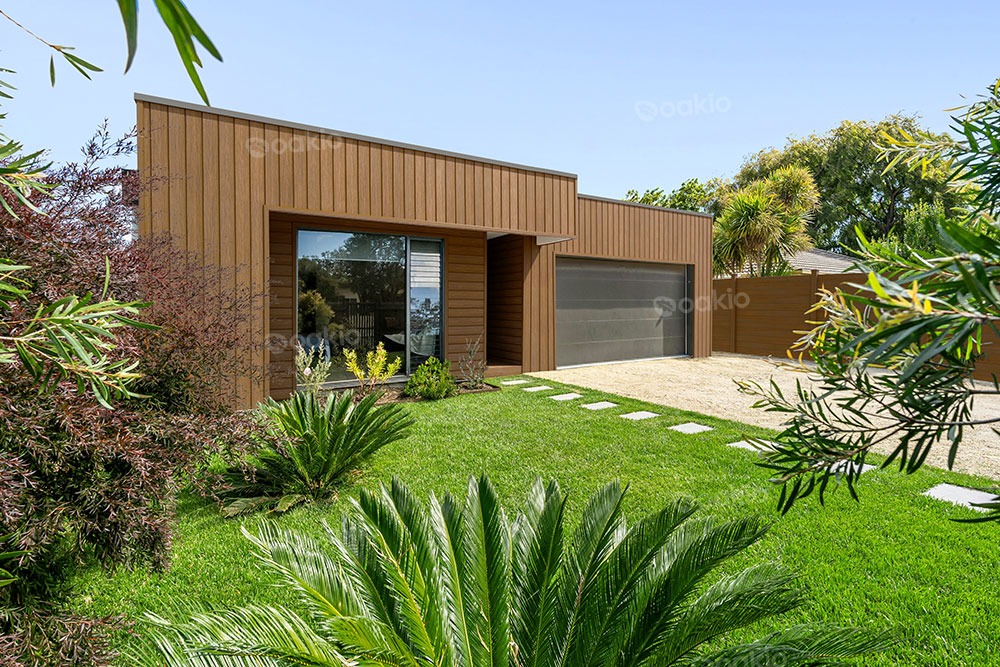
Installation of Composite Siding
Installing composite siding requires professional expertise to ensure proper application and longevity. While some homeowners may choose to install the siding themselves, it’s typically recommended to hire a qualified contractor with experience in working with composite materials.
Here are the general steps involved in installing composite siding:
Preparation: Remove any old siding and inspect the underlying surface for damage or issues that need to be addressed before installing the new siding.
Measuring and Cutting: Composite siding panels are usually cut to size using a circular saw. Precise measurements are necessary to ensure the panels fit perfectly and align with the rest of the structure.
Installation: The siding is installed using nails or screws, and each panel is interlocked or overlapped to create a secure fit. The process is relatively straightforward but requires attention to detail to ensure a seamless finish.
Finishing: After installation, trim pieces and corner caps are added to complete the look. If necessary, the siding may also be caulked to prevent water infiltration.
Maintenance and Care
While composite siding is known for being maintenance free, some care is still required to keep it looking its best:
Cleaning: Regularly wash the siding with soap and water to remove dirt, grime, and other debris. A power washer can be used for more stubborn dirt but should be done carefully to avoid damage.
Inspections: Check the siding periodically for any signs of wear, such as cracks or loose panels, and address any issues promptly.
Conclusion
Composite siding offers a perfect balance of durability, aesthetics, and low-maintenance appeal. Whether you’re looking for wood-like beauty with the durability of modern materials or a fire-resistant option that withstands the test of time, composite siding provides an excellent solution. With various types available to suit every need and budget, composite siding is a smart choice for homeowners looking to enhance the curb appeal and functionality of their homes.
By choosing the right type of composite siding, you can enjoy a beautiful, long-lasting exterior that requires minimal upkeep and performs well in any climate.
Trending Reading
What Are the Differences Between the WPC Board and PVC Board?
[2025 Update] How Long Does WPC Decking Last?
